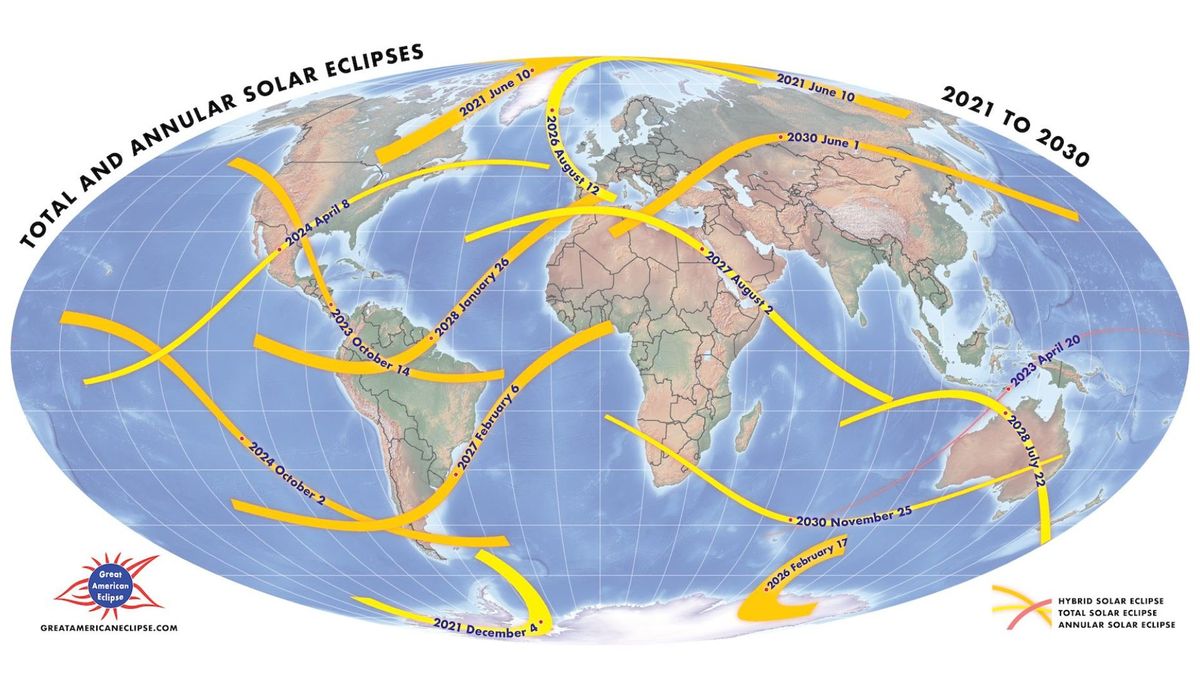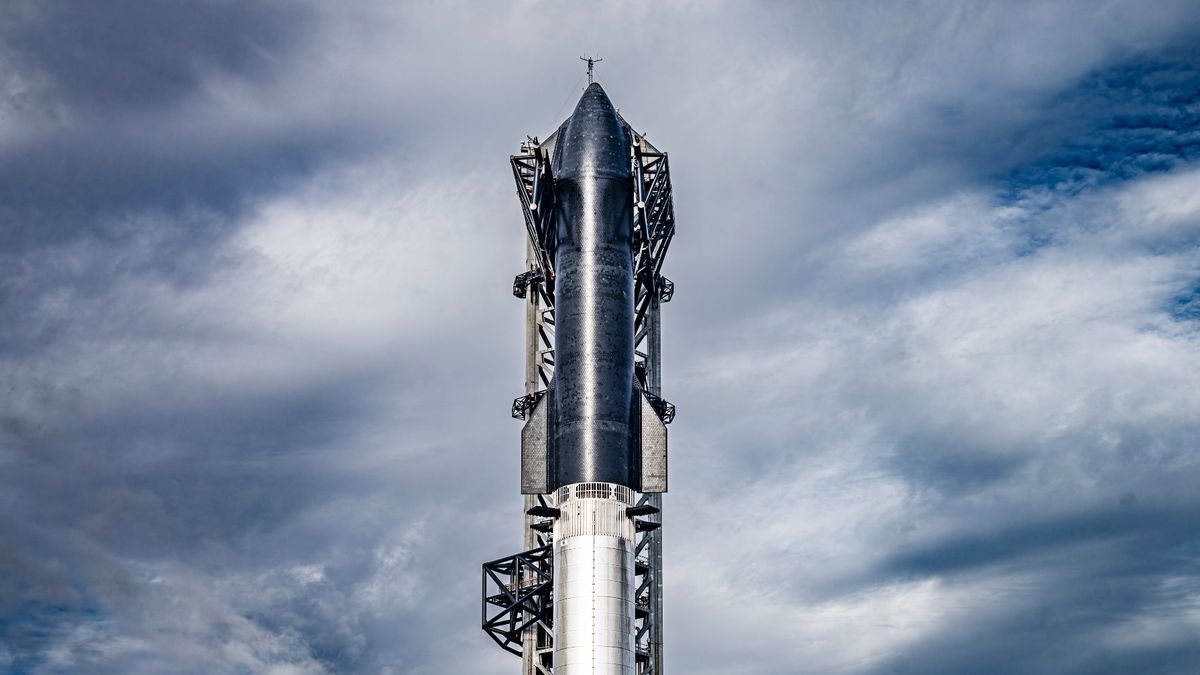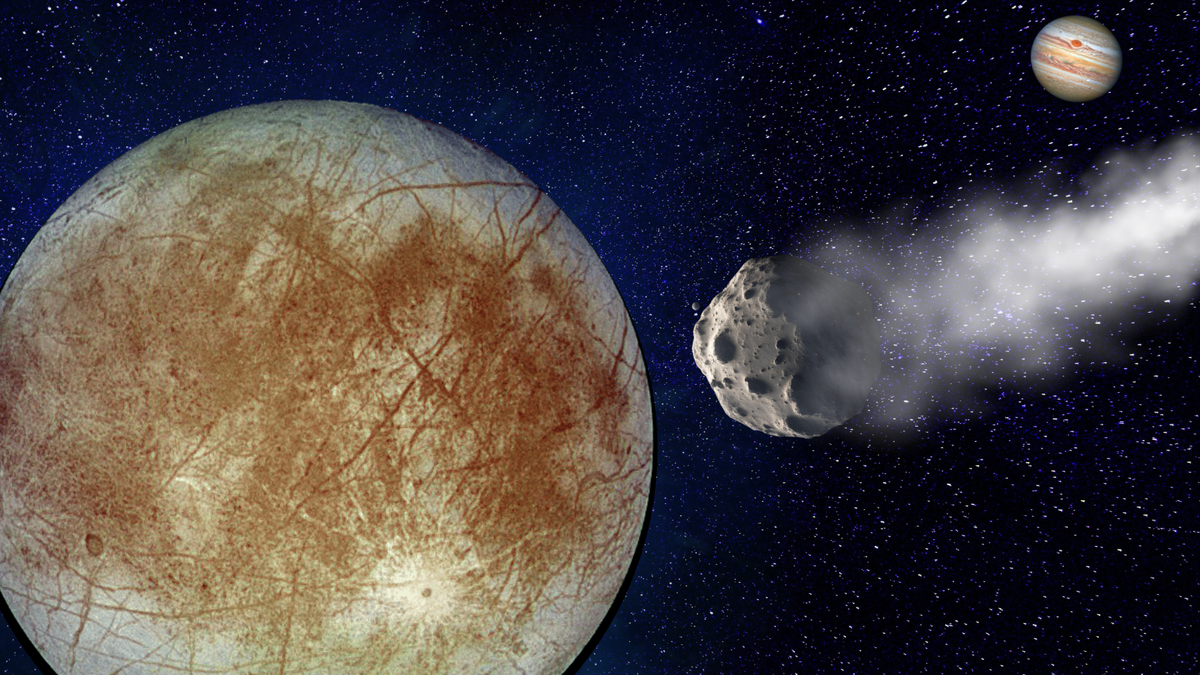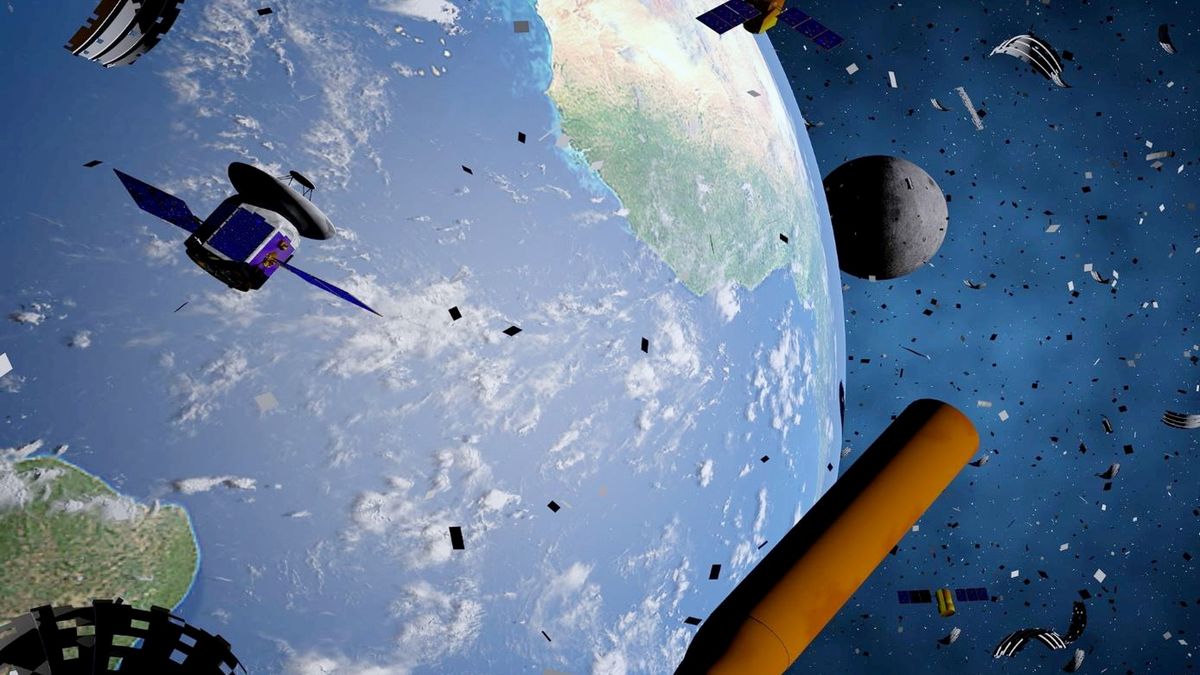Total Solar Eclipses in the Next Decade: What to Expect
Following the recent total solar eclipse on April 8, North America now faces a wait of almost nine years until the next event. Although total solar eclipses are rare in each specific location, they occur globally approximately every 18 months. Over the next decade, seven total solar eclipses will grace Earth, offering an awe-inspiring celestial spectacle that will captivate skywatchers worldwide.
Total Solar Eclipse of 2026
When: Wednesday, Aug. 12, 2026
Where: Russia, Greenland, Iceland, and Spain
Maximum duration of totality: 2 minutes, 18 seconds
Europe’s first total solar eclipse in 27 years will coincide with the peak of the annual Perseid meteor shower. The path of totality will pass over Greenland, western Iceland, and northern Spain. Skygazers on a cruise ship off the coast of Reykjavik, Iceland, will have the best vantage point to witness maximum totality. Alternatively, those in northern Spain can enjoy clearer skies, although the eclipse will appear lower on the horizon, emphasizing the importance of strategic observation points. Mallorca, a Spanish island, will provide a unique viewing experience with a “sunset totality” showcasing a golden corona under clear skies.
Total Solar Eclipse of 2027
When: Monday, Aug. 2, 2027
Where: Spain, Gibraltar, Morocco, Algeria, Tunisia, Libya, Egypt, Sudan, Saudi Arabia, Yemen, Somalia, and British Indian Ocean Territory
Maximum duration of totality: 6 minutes, 23 seconds
An eclipse of the Saros 136 series, known for recurring every 18 years, 11 days, and eight hours, will grace the skies on Aug. 2, 2027. Luxor, Egypt, is set to witness an impressive 6 minutes and 23 seconds of totality, drawing attention from across the globe. Southern Spain, Gibraltar, Tangier in Morocco, Tunisia’s Kerkennah Islands, and Jeddah and Mecca in Saudi Arabia offer additional ideal observation spots to witness this celestial phenomenon.
Total Solar Eclipse of 2028
When: Saturday, July 22, 2028
Where: Christmas Island, Cocos Islands, Australia, and New Zealand
Maximum duration of totality: 5 minutes, 10 seconds
Australia will host the second of five total solar eclipses within a 15-year span on July 22, 2028. Spectators in Western Australia’s Bungle Bungles and Karlu Karlu (Devils Marbles) and in Dubbo, the Blue Mountains, and Sydney will have the opportunity to witness up to 3 minutes and 48 seconds of totality. New Zealand’s South Island, including scenic locales such as Milford Sound, Queenstown, and Dunedin, will also offer stunning views close to sunset.
Total Solar Eclipse of 2030
When: Monday, Nov. 25, 2030
Where: Namibia, Botswana, South Africa, Lesotho, and Australia
Maximum duration of totality: 3 minutes, 44 seconds
The celestial event on Nov. 25, 2030, will traverse land and sea, offering a captivating display across two continents. Starting from Namibia’s Skeleton Coast and moving through Botswana to Durban in South Africa, the eclipse will treat millions of spectators to a spectacle not to be missed. The Indian Ocean’s remote parts will witness the eclipse, followed by a stunning sunset visible from South Australia, New South Wales, and Queensland, making it an ideal time for adventure seekers to explore Namibia or embark on a safari in Botswana.
Hybrid Total-Annular Solar Eclipse of 2031
When: Friday, Nov. 14, 2031
Where: Cruise ship from Hawaii
Maximum duration of totality: 1 minute, 8 seconds
The hybrid total-annular solar eclipse on Nov. 14, 2031, presents a unique celestial phenomenon combining elements of an annular and total solar eclipse. Occurring only seven times in the 21st century, this eclipse will be visible from a narrow path in the North Pacific Ocean, making a cruise ship from Hawaii the preferred observation platform. Eclipse enthusiasts can witness remarkable sights such as Baily’s beads and a dazzling diamond ring effect before and after totality.
Total Solar Eclipse of 2033
When: Wednesday, March 30, 2033
Where: Russia and the U.S. (Alaska)
Maximum duration of totality: 2 minutes, 37 seconds
North America will experience its next total solar eclipse on March 30, 2033, offering a splendid celestial event close to the spring equinox. Travelers can seize the opportunity to explore Alaska during the peak season for viewing the northern lights. Locations such as Utqiagvik (Barrow), Sagavanirktok (Prudhoe Bay), Kotzebue, and Nome promise unique vantage points to witness the eclipsed sun while enjoying the natural splendor of Alaska.
Total Solar Eclipse of 2034
When: Monday, March 20, 2034
Where: Benin, Nigeria, Cameroon, Chad, Sudan, Egypt, Saudi Arabia, Kuwait, Iran, Afghanistan, Pakistan, India, and China
Maximum duration of totality: 4 minutes, 9 seconds
The total solar eclipse on March 20, 2034, will traverse 13 countries in Central Africa and South Asia, offering a rare celestial spectacle over a vast region. Prime viewing locations include Egypt’s Red Sea Coast, the UNESCO World Heritage site of Persepolis in Iran, and Leh in the Indian Himalayas. With over 100 million individuals enveloped by totality, this eclipse provides a unique opportunity to explore diverse cultures and landscapes while witnessing a cosmic marvel.
Image/Photo credit: source url





